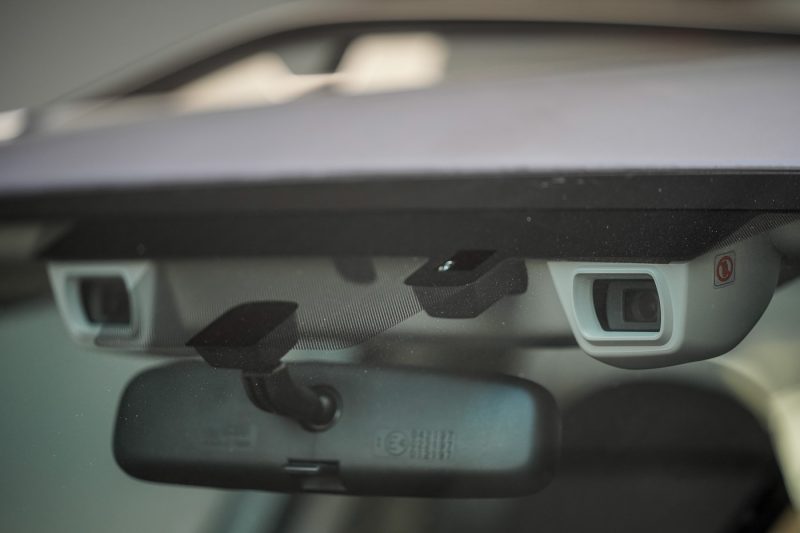The safety systems in our cars have come a long way, which means the spec sheet is perpetually growing with acronyms that probably make zero sense to the general public – even entry-level cars these days such as the Perodua Bezza comes with a decent suite of advanced driver assistance features.
In this new entry of our What Is series, we take a look at the Autonomous Emergency Braking (AEB) function that forms the basis of most advance driver assistance suites.
So what exactly is AEB? In the strictest sense, AEB is a type of collision avoidance system that automatically applies the brakes (only) in emergency situations in an attempt to prevent, or reduce the severity of an imminent crash.
The AEB system uses various forms of sensors – from stereoscopic cameras to lidars – to detect the distance and speed of the vehicle or obstacle, usually ahead. Together with other information such as current vehicle speed, the system is able to determine a minimum braking distance in ideal circumstances to prevent a collision.
Most AEB systems also come with what’s called a forward collision warning (FCW) system, though the two should not be confused and grouped together, as some cars have FCW systems but not AEB. The FCW system plays an audible warning tone as an attempt to alert the driver of possible danger and in certain cars, arm the brakes before the AEB system kicks in to intervene if no reaction from the driver was detected.
Collision warning systems have actually been attempted as early as the 1950s, though the implementation of these features did not catch on as the radar systems required was deemed too expensive to manufacture.
Over the years though, technologies have matured significantly to bring down the cost of the components (sensors and computer processors, specifically), and AEB systems are now commonplace in our cars. In fact, AEB systems have been made mandatory on all new cars in the countries within the European Union since November 2015. United States is set to follow suit in 2022.
AEB have also become easier to implement in recent years, as several companies – such as Denso, Bosch, and Continental to name a few – have introduced ready-made OEM solutions that can be added into cars without too much effort.
Additionally, due to the maturity of the technology, several manufacturers are now including more advanced features such as pedestrian and cyclists detection in their AEB systems that can function even in low light situations.
But why has AEB become such a key part of modern vehicle safety systems? A 2015 study based on data from Europe and Australasia countries found that the system can actually help reduce rear-end collisions by up to 38%. The figure is also reflected in a separate study on police-reported car crashes in the United States (39%).
Despite its effectiveness though, the AEB system should never, ever, replace careful and safe driving. Firstly, AEB systems do not take into account the load of the car, or the surface condition and grip levels between the car and the road surface, and thus it cannot guarantee the prevention of all collisions.
Secondly, AEB sensors do not work reliably in all weather conditions, especially on camera-based systems which are particularly susceptible to inaccuracies in heavy rain or fog.
Just like all other safety systems, they are designed to assist drivers in emergency situations (hence the name), within the constraints of the system itself. The drivers should always be in control of the cars, and are accountable for all of the car’s actions.
We also recommend all drivers to familiarise yourselves with the AEB system available in your cars, as not all systems operate in the same way; understanding the design specifications and limitations of the system can help us all become safer on the road!
Now that the AEB system will be assessed not in terms of availability, but in performance as part of the upcoming ASEAN NCAP protocol which is set to come into effect in 2021, expect to see the AEB feature become more widely available in cars sold in our region.









